|
Coordinated networking is one of the most important aspect of the project – one that will be greatly missed after its completion. Increased understanding of tern movements between colonies made us realize that birds which start breeding at one colony can finish their breeding season somewhere else, sometimes in a different region. This can occur when for example the colony is predated or flooded. We need to therefore work in a network of well-managed colonies and coordinate data collection and management practices. This can be challenging even within a single organisation, but the geographical scale of these metapopulations require working with many partners. Partnership working should furthermore have aims and regularly reviewed work programme. Simple exchange of knowledge and post-breeding updates are useful, but managers should go further and develop a truly working relationship and this require a coordination and therefore funding.
Roseate Tern LIFE Project has been supporting these networks and relationships with the aim to bring management practices as close to best practice as possible. The most recent example was the Coquet team visiting Isle of May, which is managed by a great team from Scottish Natural Heritage (SNH). The place is legendary of course, but with the arrival of its current Site Manager - David Steel, new habitats have been created for Arctic and common terns. Sandwich terns arrived two years ago and this year a mixed pair of common and roseate tern bred on the island. David and his team were keen to learn how they can do even better for terns from the Coqueteers and we left with a really good idea of well-constructed tern terraces. With a planned expansion of the habitat, it looks like an ideal place for the roseate tern to settle. Networking should also be fun and after “exhausting” talks, discussions and the site visit, we continued the exchange around barbeque. Having met a lot of professional and enthusiastic members of the Isle of May team, it is hard to disagree with a recent post title on their blog “The future is bright…”. Check what is going on Isle of May here: https://isleofmaynnr.wordpress.com
0 Comments
Your comment will be posted after it is approved.
Leave a Reply. |
More Blogs to Read
AuthorThis blog is maintained by various people from the project team. Archives
August 2020
Categories
All
|
Roseate Tern LIFE Project is supported by the LIFE Programme of the European Union
LIFE14 NAT/UK/000394 ROSEATE TERN
LIFE14 NAT/UK/000394 ROSEATE TERN

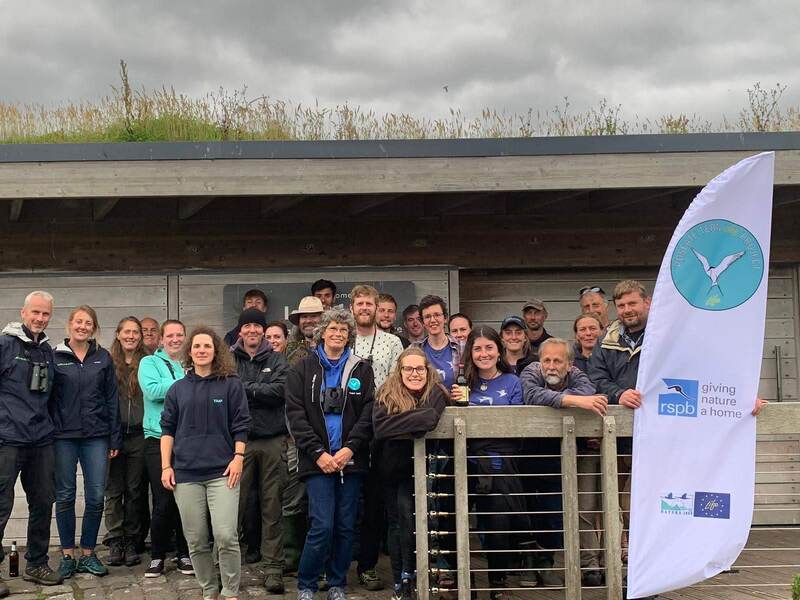
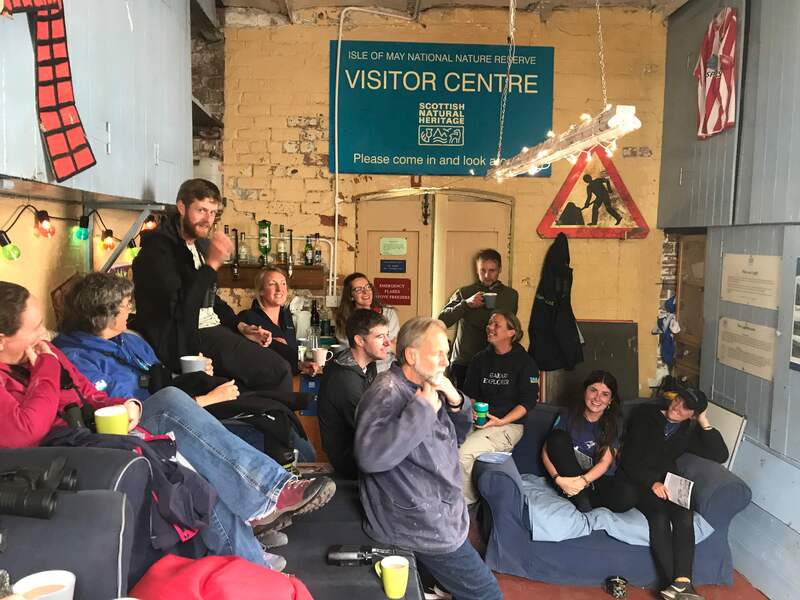
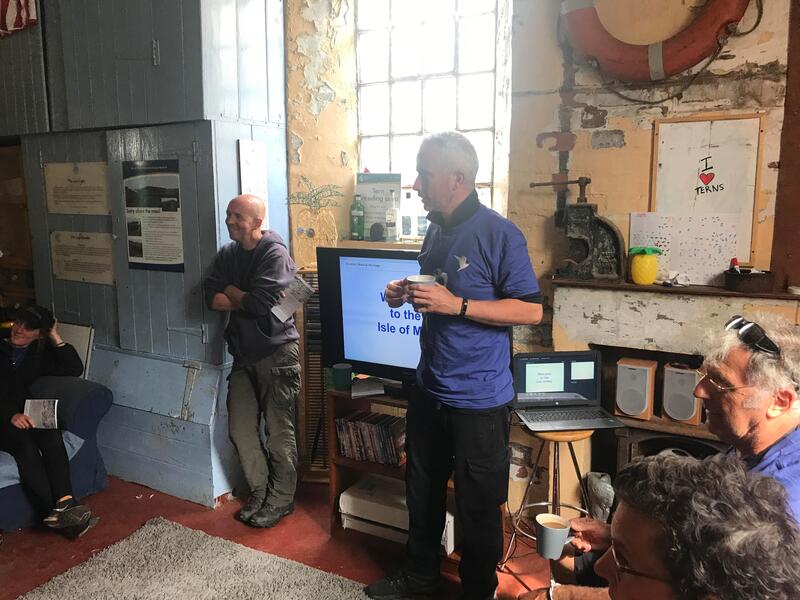
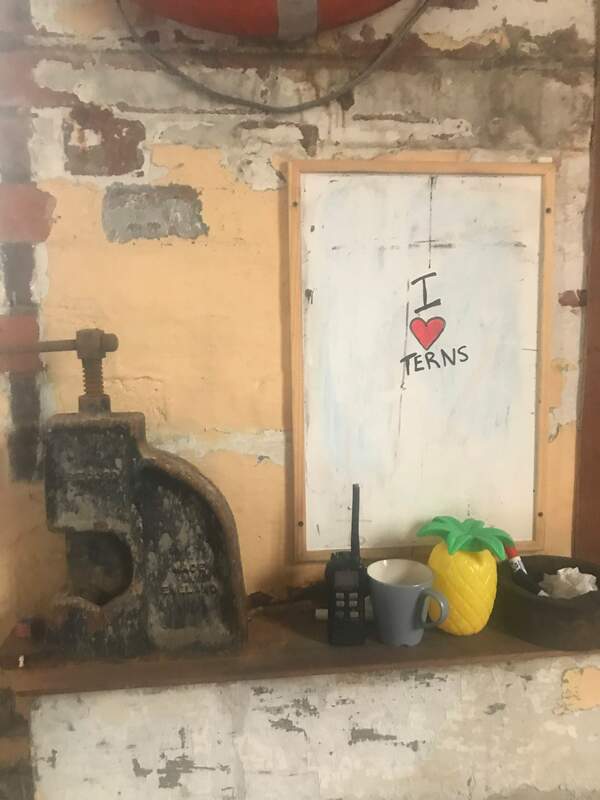
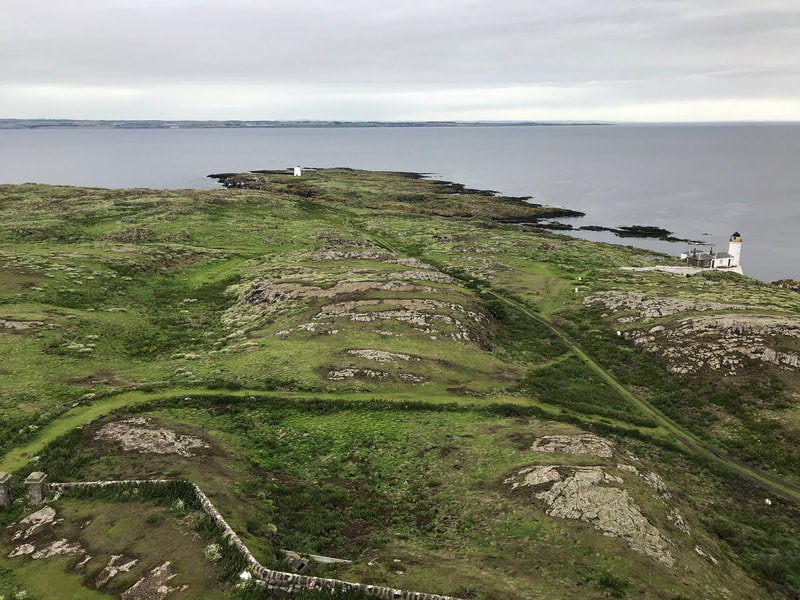
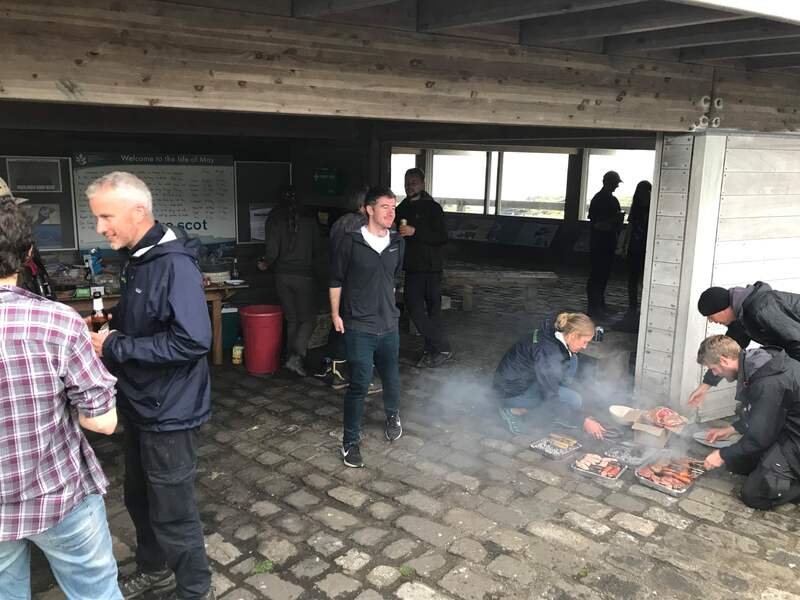
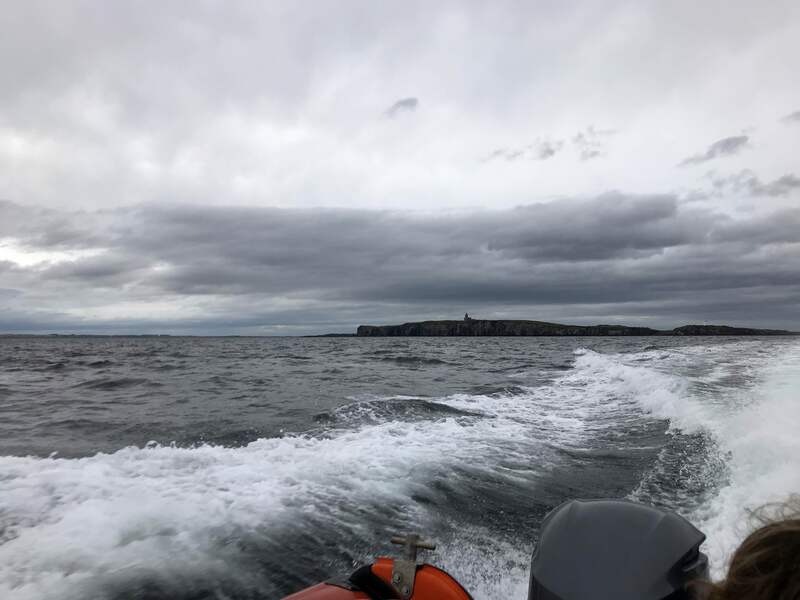
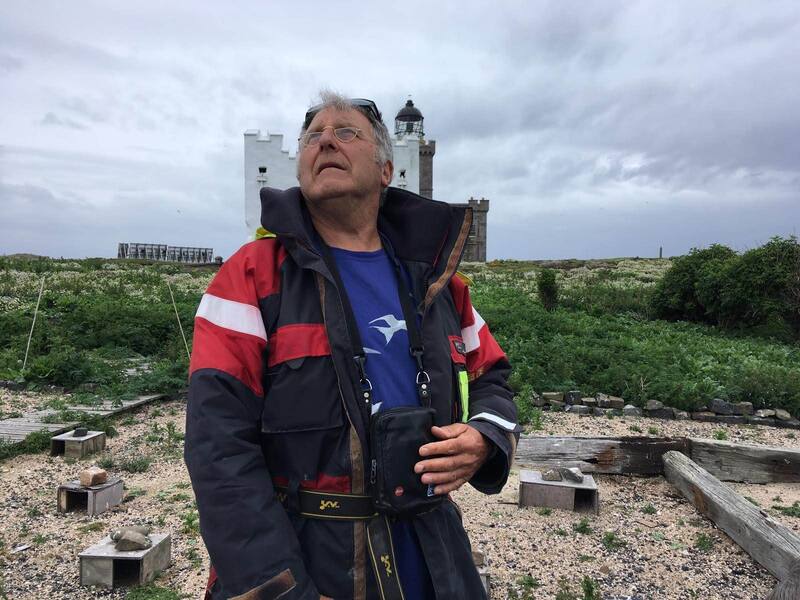
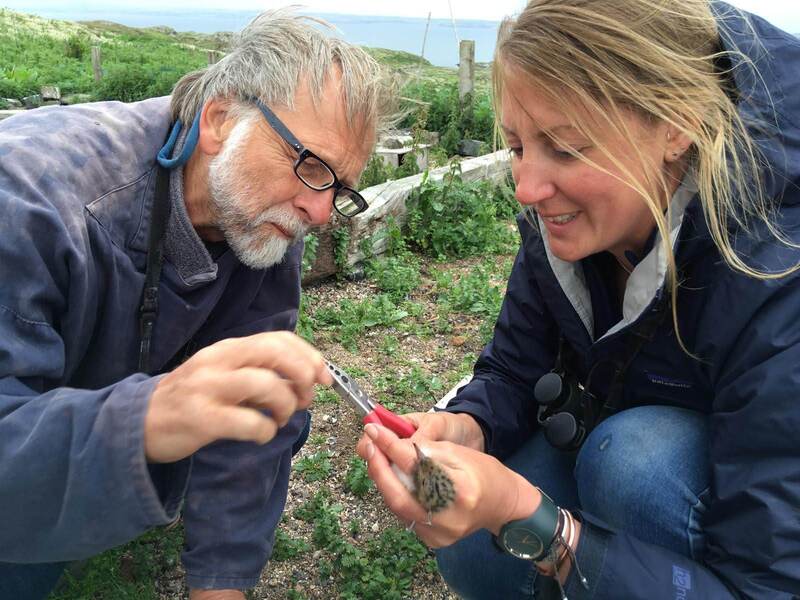


 RSS Feed
RSS Feed